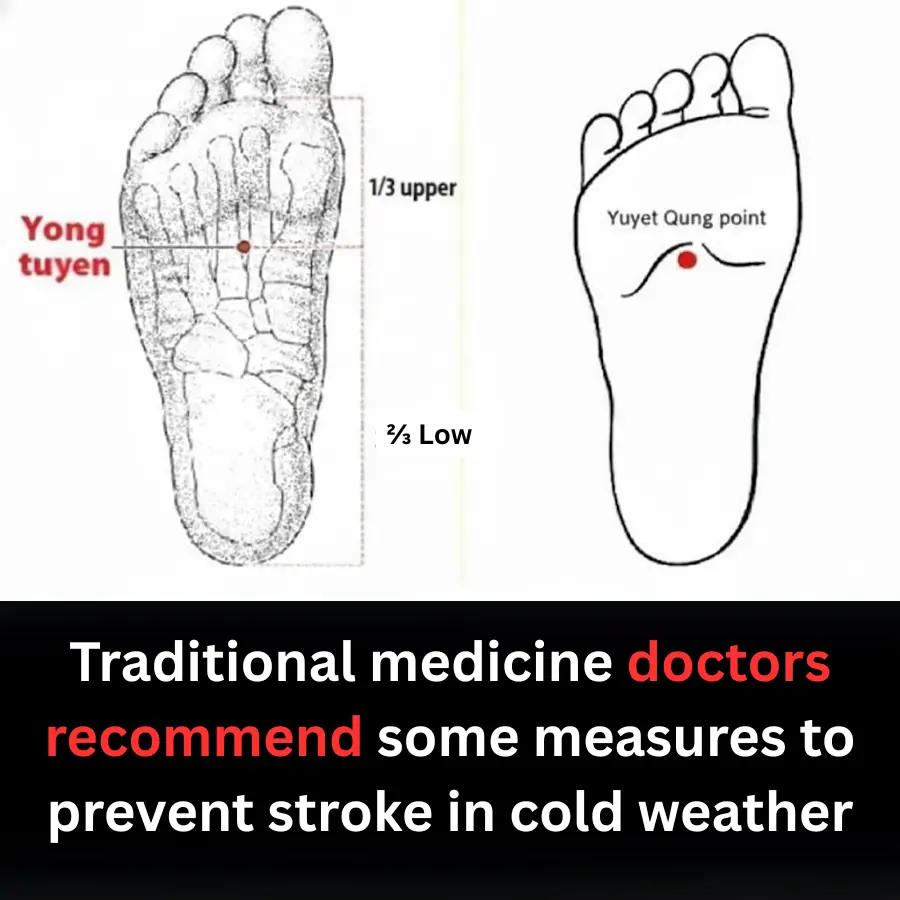
7 Signs Your Body Might Be Iron Deficient
Iron is an essential mineral found in two proteins in red blood cells: hemoglobin and myoglobin. It helps transport oxygen from the lungs to other parts of the body, supports connective tissue health, and promotes metabolic processes. When your body lacks iron, these functions are compromised, leading to various symptoms and potential health complications.
Iron deficiency can occur for several reasons. Some people have conditions that reduce the body’s ability to absorb iron, such as celiac disease or inflammatory bowel disease. Others may not consume enough iron-rich foods, or have higher iron needs due to pregnancy or breastfeeding. Blood loss—caused by heavy menstrual periods, gastrointestinal bleeding, injury, or urinary tract bleeding—can also lead to iron deficiency.
Early recognition of iron deficiency is crucial to prevent serious complications such as heart problems, pregnancy complications, or delayed growth in children. Here are seven common signs that your body may be lacking iron:
1. Fatigue
Fatigue is one of the most common signs of iron deficiency. You may feel weak or tired even if you get enough sleep. This happens because low iron levels mean insufficient hemoglobin to transport oxygen to all tissues, leading to reduced energy.
Iron deficiency can also disrupt sleep and contribute to conditions like insomnia or restless leg syndrome, which further worsen fatigue.
2. Cold Hands and Feet
Iron deficiency can reduce blood circulation, causing cold fingers and toes, even in warm environments. Without enough hemoglobin, oxygen delivery to the extremities is compromised, making your hands and feet feel colder than those of others around you.
3. Frequent Headaches
When the brain doesn’t receive enough oxygen, headaches may occur. Low iron levels can also cause swelling in blood vessels, creating pressure that leads to pain. Studies have shown a strong link between iron-deficiency anemia and chronic daily headaches, including migraines.
4. Pale or Unusual Skin Tone
Paleness is another sign of reduced circulation due to insufficient red blood cells. On lighter skin tones, this may be visible across the face; on darker skin tones, paleness is often noticeable inside the mouth or on the eyelids.
5. Dizziness or Lightheadedness
Feeling dizzy or lightheaded is common when iron levels are low. Without enough iron, red blood cells cannot deliver sufficient oxygen to the brain and other organs, which can cause faintness or unsteadiness.
Although dizziness is not specific to iron deficiency, it becomes more concerning when combined with other symptoms.
6. Weak or Brittle Hair and Nails
Iron deficiency can weaken nails and cause them to become brittle or concave, sometimes forming a spoon-like shape. Hair may also thin or fall out due to reduced nutrients and blood flow necessary for growth. Research identifies iron deficiency as a frequent cause of hair loss.
7. Craving Non-Food Substances (Pica)
Iron deficiency can trigger unusual cravings for non-nutritive substances like ice, dirt, raw rice, or paper—a condition known as pica. In the United States, approximately 25% of people with iron deficiency experience pica, especially pregnant women and teenagers. The exact cause remains unclear.
What to Do
If you notice these symptoms, consult a healthcare professional. Blood tests can confirm iron deficiency and guide appropriate treatment.
To prevent or manage iron deficiency, include iron-rich foods in your diet, such as lean meats, dark leafy greens, beans, lentils, and iron-fortified cereals
News in the same category


Coffee is very good for your health but avoid drinking it at these two times.
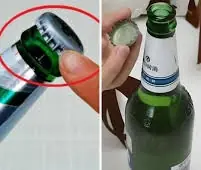
After drinking beer for 30 years, I’ve just discovered a “little secret” on the bottle cap

Bit:ten by a Snake? Do These Things First to Stay Safe

Avoid ginger if you have these 5 health problems..

6 Plants That Attract Snakes Into Your Home
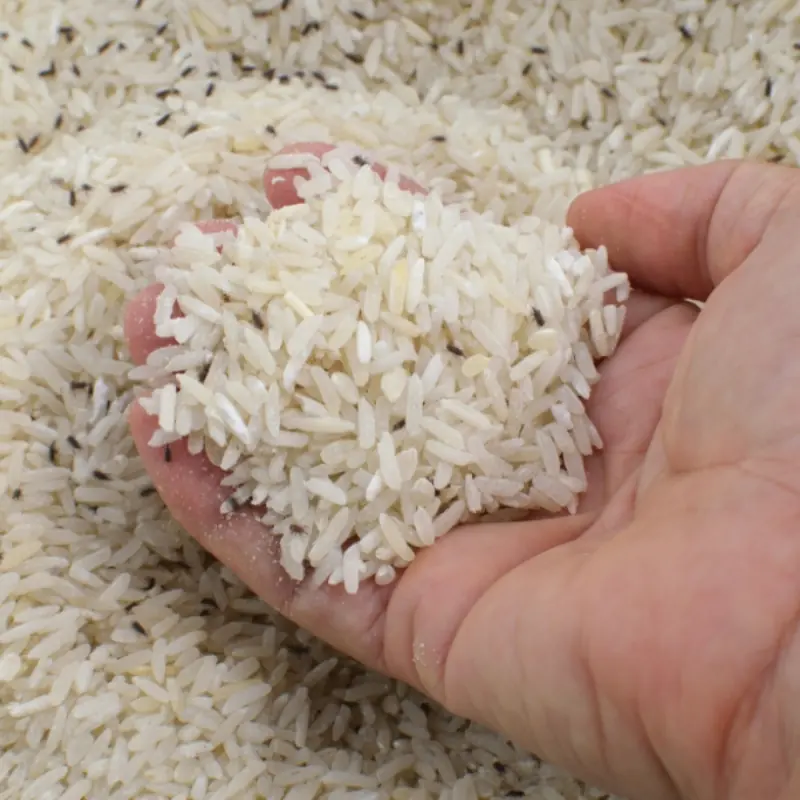
How to Store Rice to Prevent Weevils and Mold: Simple Tips to Keep It Fresh

Go to the car and turn on the air conditioner to sleep when the house has a power outage: A survival note

Little-known tips for using towels to ensure safety when staying at hotels

Why Dropping a Piece of Toilet Paper into the Toilet Before Using It Can Improve Hygiene and Comfort

3 Simple and Effective Ways to Keep Your Home Completely Mouse-Free

The reason why many people pour salt into clogged toilets
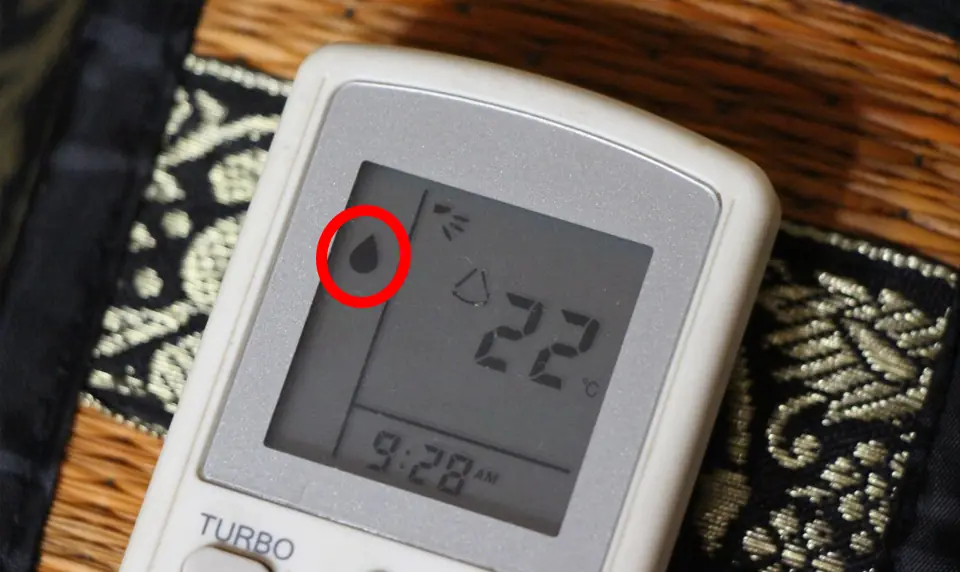
How to Enjoy Your Air Conditioner Without Stressing About Power Bills
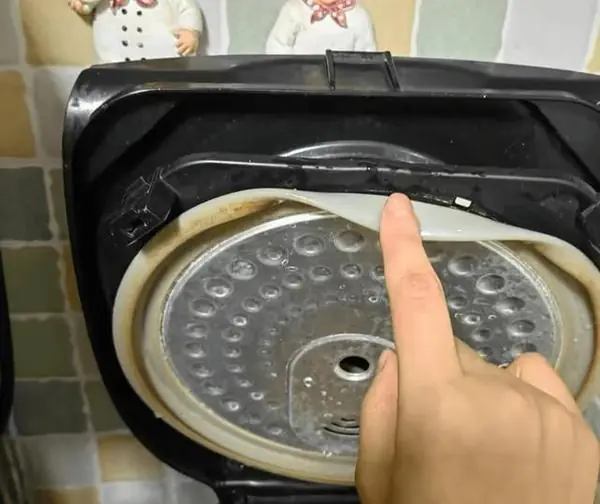
Four parts of a rice cooker you must clean — or you might end up eating rice with cockroaches!
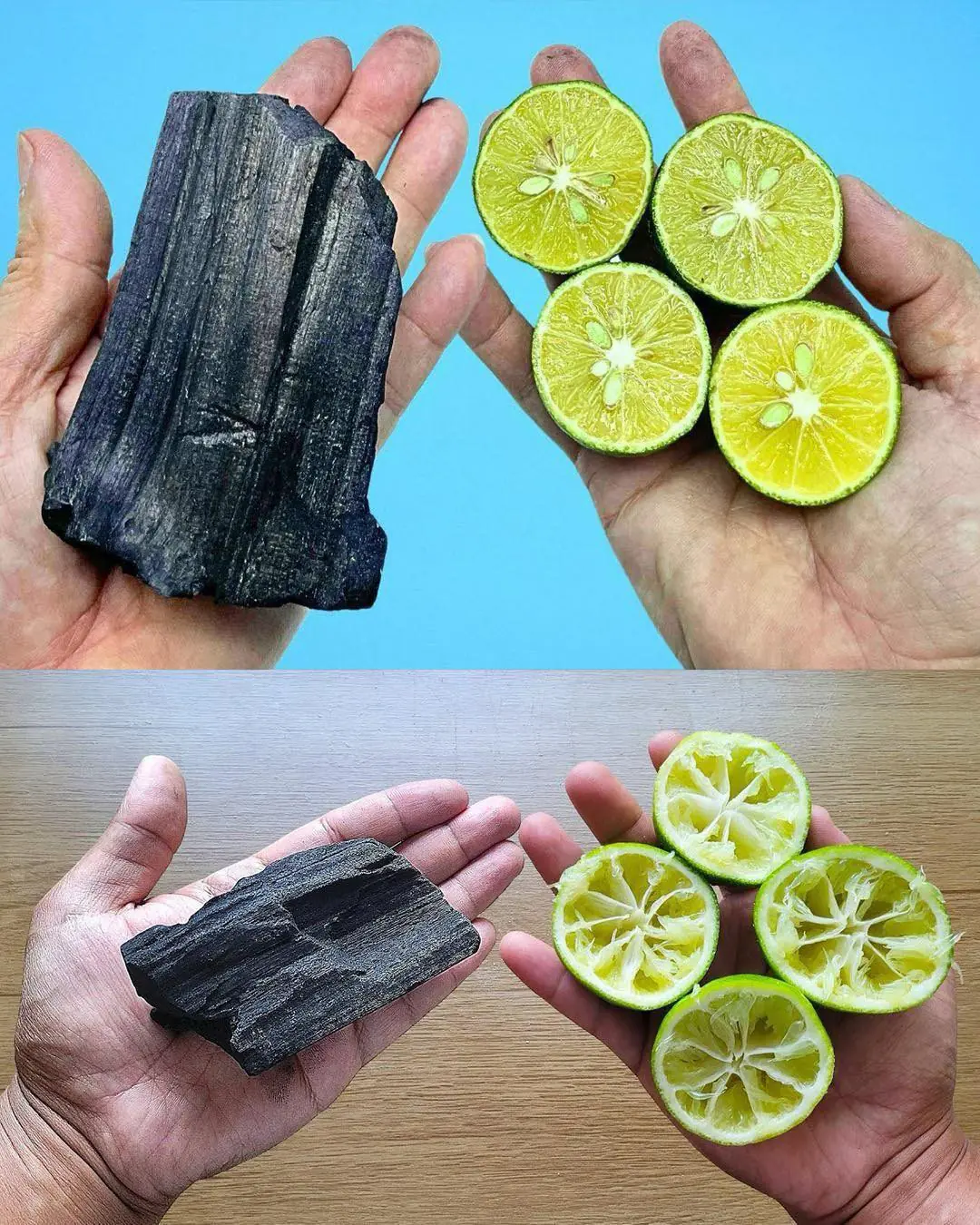
The Magic of Lemon Juice and Activated Charcoal: Natural DIY Solutions for Skin and Teeth

Winter is coming, no need to buy a heater, the house is still warm thanks to this, homeowners save 50% on electricity bills every month
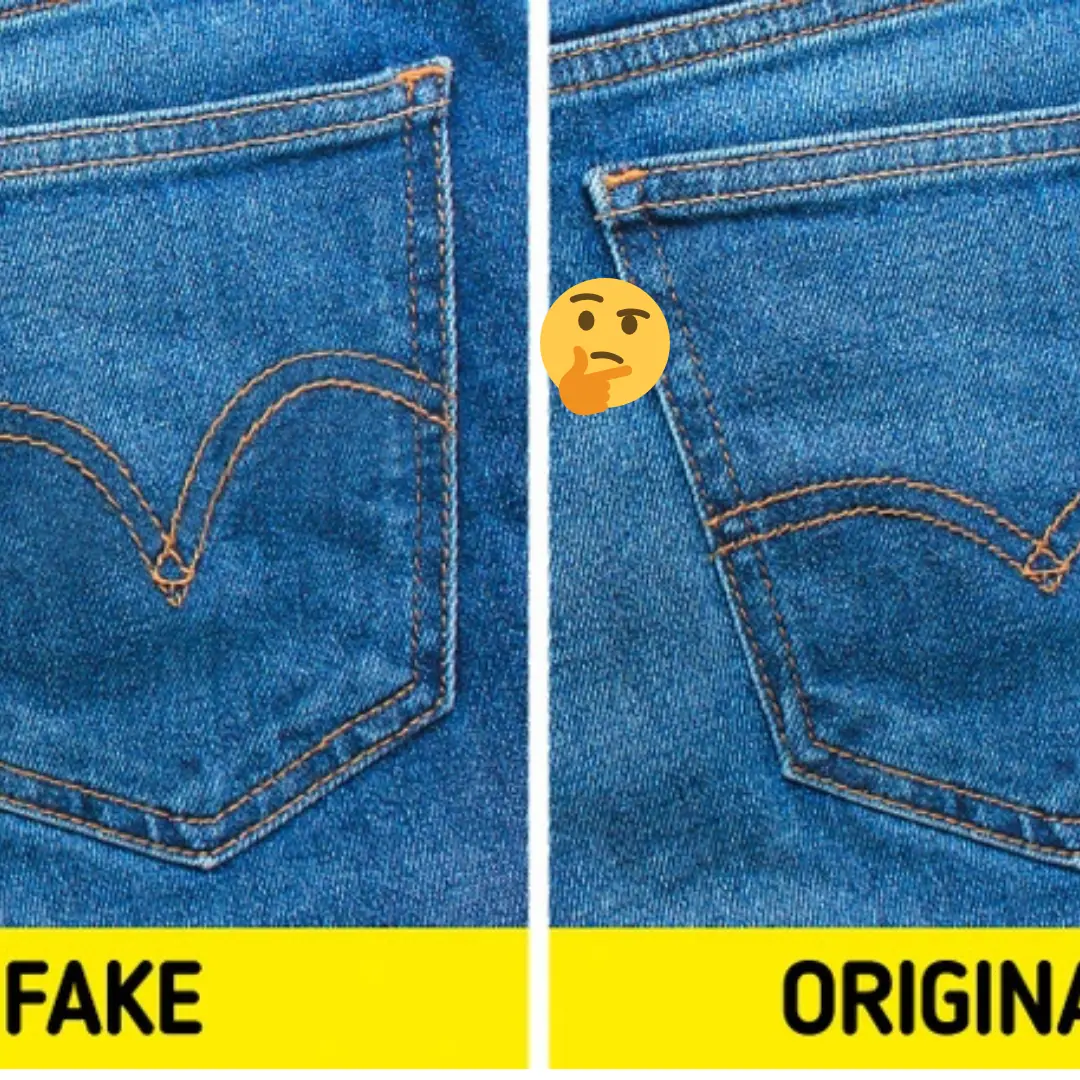
10 Simple Tips to Make Sure You Never Get Fooled by Fake Goods Again
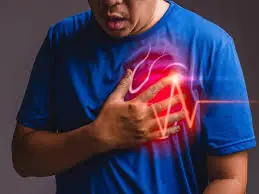
7 Bad Habits That Harm Your Heart

A Fruit People With Kid.ney Disease Should Limit
News Post

Indoor Air Quality: 6 Common Household Items That May Affect Your Lungs — And How to Use Them Safely
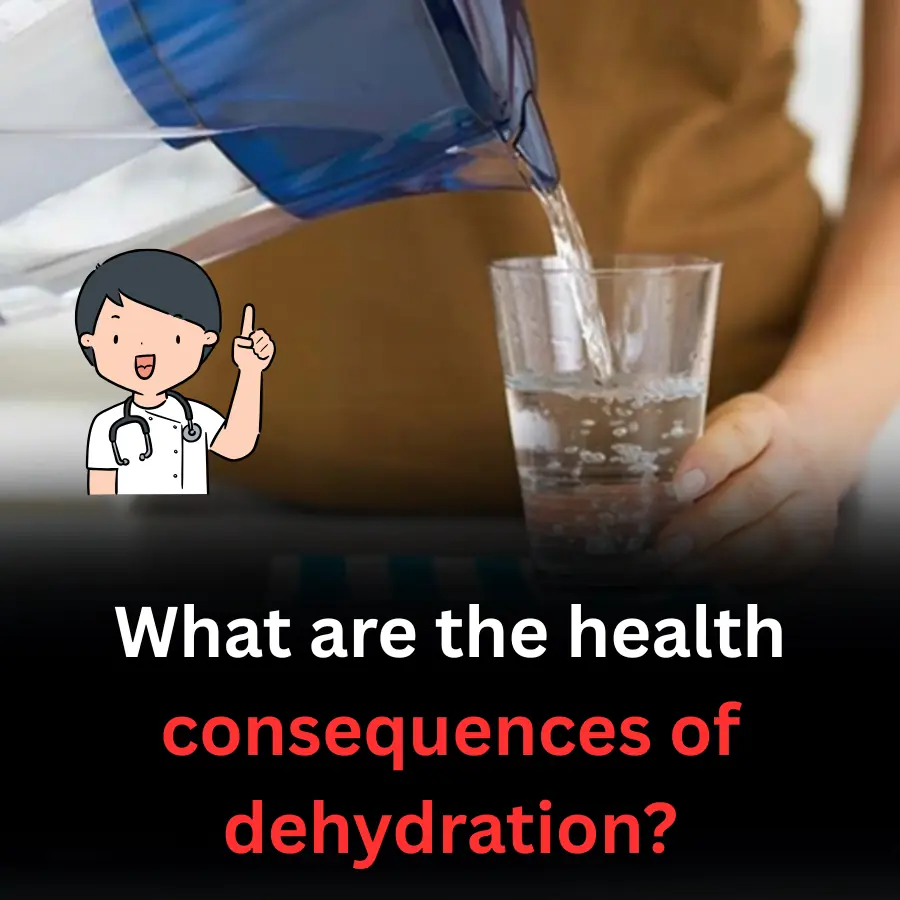
What are the health consequences of dehydration?

5 common mistakes when using yogurt that can be harmful to your health that you may not know
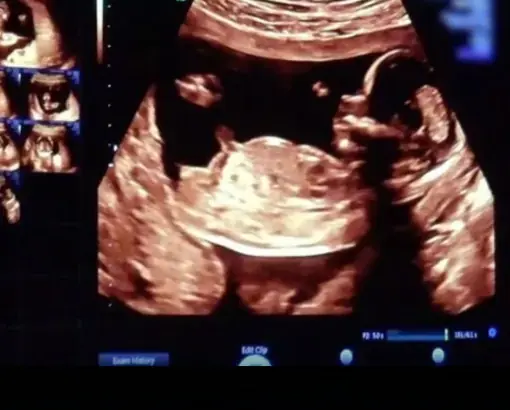
Scientists May Have Actually Found One Of The Causes Of Autism
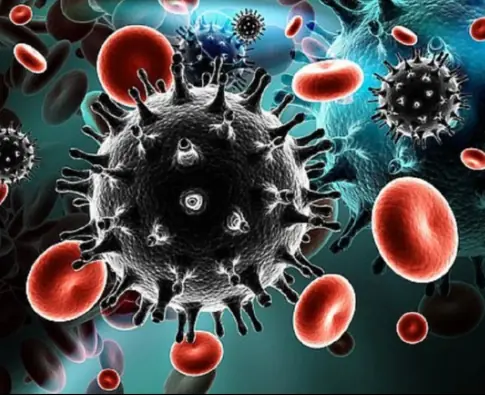
Itching in 9 Areas: A Warning Sign of Malignant Tumors, Number 7 Is the Most Common
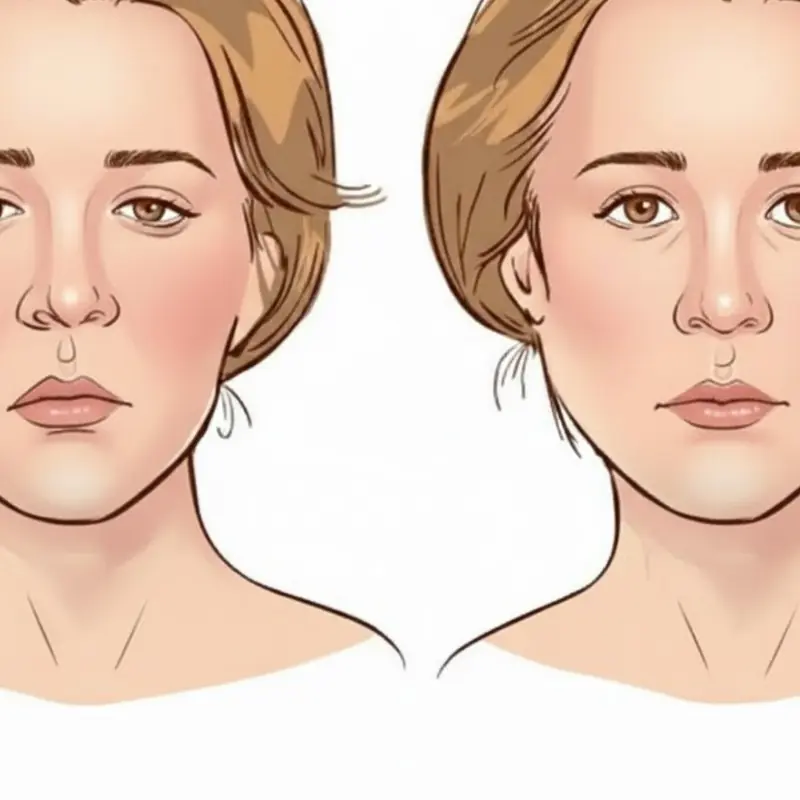
Doctors Warn: Stroke May Present a Subtle Early Sign Up to Three Months Before It Occurs
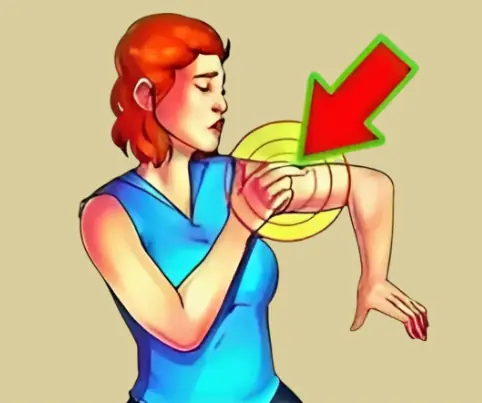
7 Signs of Mini Stroke in The Elderly

8 Early Warning Signs Of Ovarian Can:cer You Shouldn’t Ignore

What Does It Mean When You Dream About Someone Close Who’s Died?
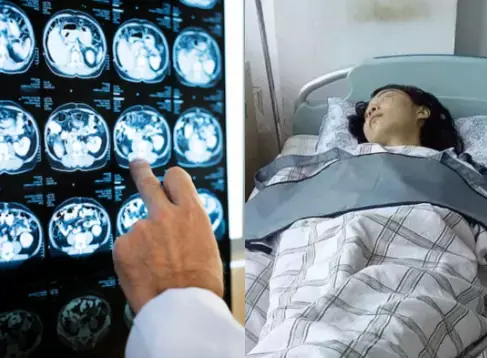
5 Alarming Stroke Warning Signs to Watch for in Young People

What Are Eye Floaters? Here What To Do If you Start Seeing Them, According to an Eye Doctor

36-Year-Old Teacher Dies From Diabetes Doctors Say Was Triggered By Everyday Foods

Discover Love in the Little Things: Everyday Connections
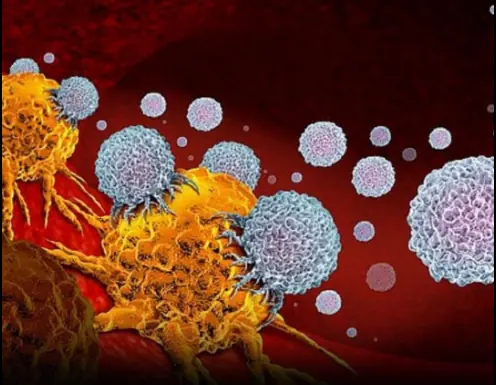
Itching in 9 Areas: A Warning Sign of Malignant Tumors, Number 7 Is the Most Common

The Hidden Danger Hour: Doctors Warn Sleeping at This Time Could Trig:ger 4 Serious Health Problems
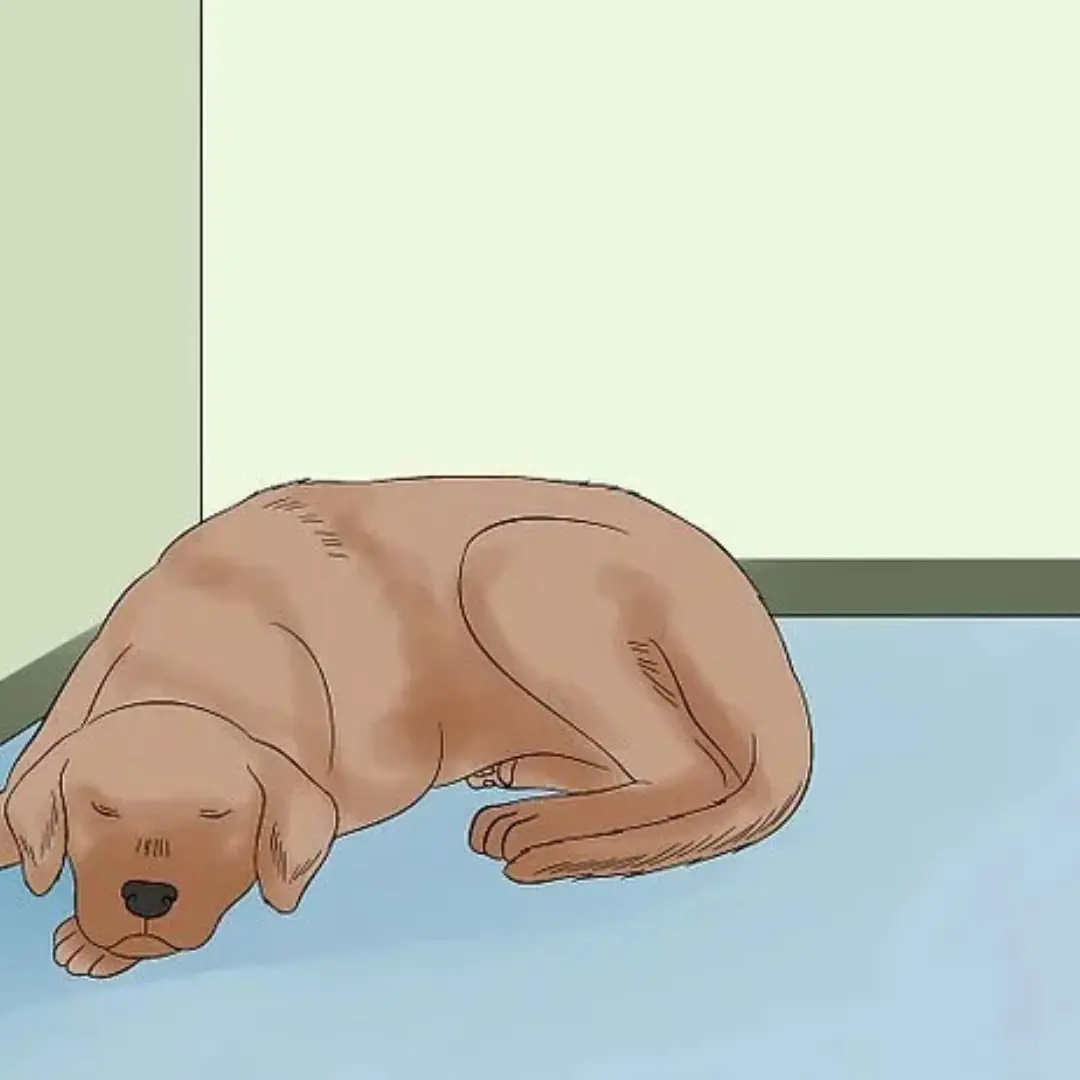
Heartbreaking but Important: Subtle Signs Your Dog May Be Nearing the End of Life

Why Many Modern Hotels Use Transparent Glass Bathrooms - The Real Reasons Behind the Design

Put a piece of garlic in the middle of the tree, it has great uses, everyone will want to do it
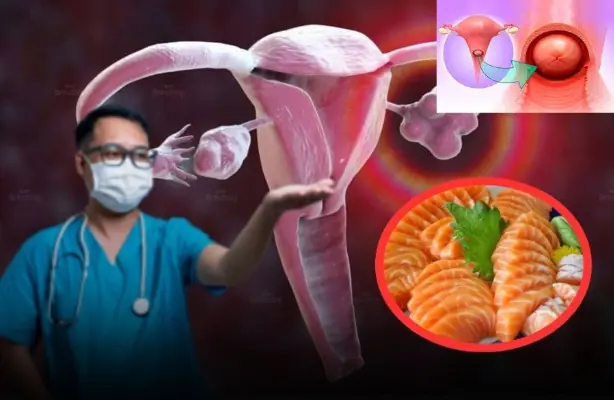
3 “Golden” Foods That Help Women During Menopause
